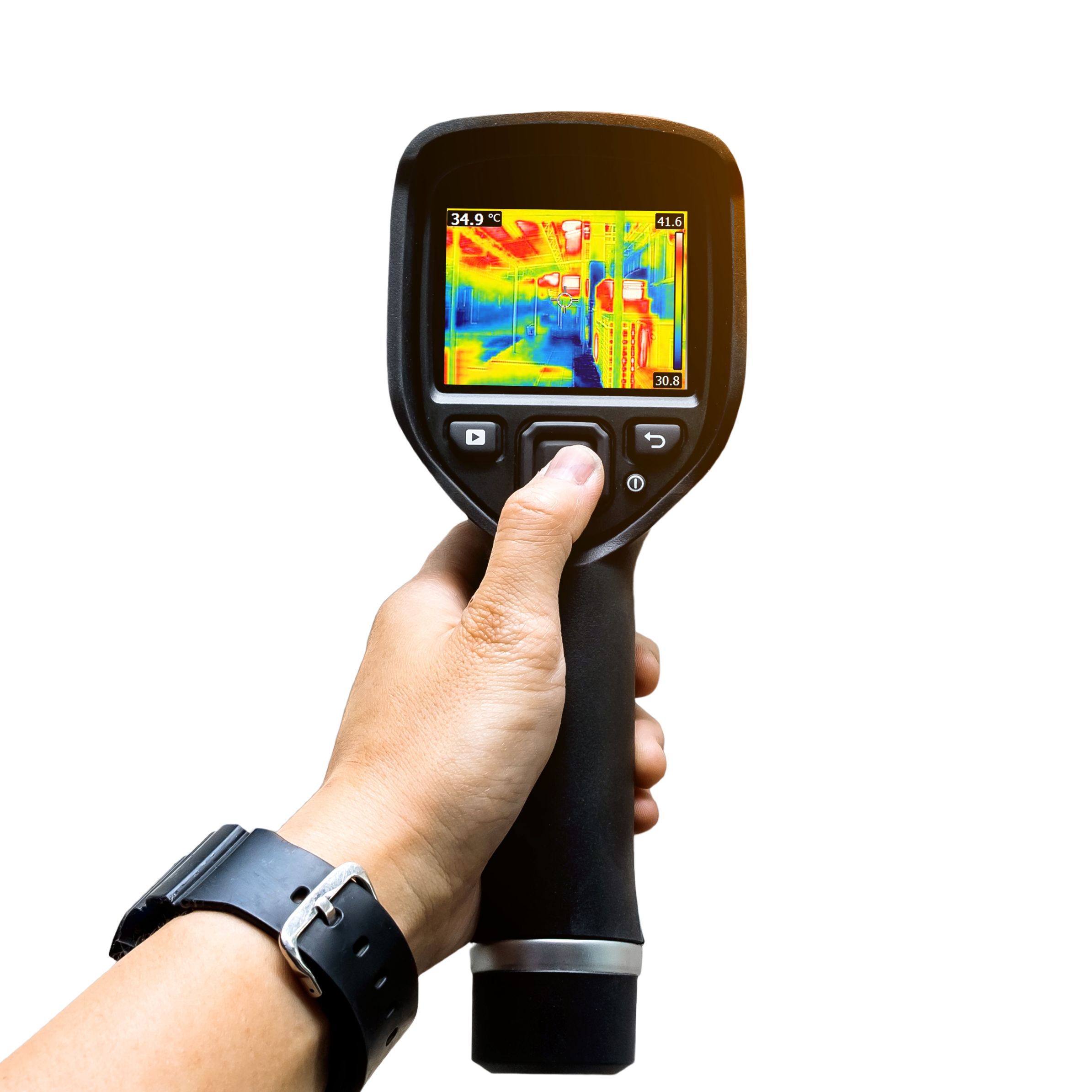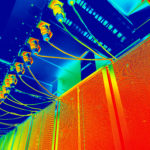Infrared Scans
The purpose of the Infrared Investigation is to proactively identify hotspots, loose connections, fire-related risks, and potential for service distribution to property.
Infrared investigations should be done for electrical panels, switchgear, transformers, disconnects, drip loops and heated ramps.

Why invest in an Electrical Infrared Inspection?
Infrared inspections detect the following:
-
Loose/deteriorated connections
-
Overloads
-
Open circuits
-
Unbalanced loads
-
Inductive heating
-
Harmonics
-
Defective equipment
The benefits of infrared investigations:
-
Reduce/eliminate risks
-
Lower repair costs
-
Increase profits
-
Prevent catastrophic failures
-
Reduce unscheduled downtime
-
Lower insurance premiums due
-
to reduced losses and risks
-
No service interruption during
-
inspection
An aged electrical infrastructure poses risk of fire, threatens disruption to building operations, and increases liability yet the electrical infrastructure is often not part of the building’s preventative maintenance program. Electrical Infrared Inspections find hot spots caused by defects in connections and components. Infrared thermography is used to find areas of excess heat (caused by
increased resistance) so that problems can be corrected before a component fails and causes damage, creates a safety hazard, or results in productivity loss. Infrared scans are considered the best diagnostic tool for finding hot connections in the early stages before they cause damage, threaten safety, and disrupt operations.
EXAMPLES OF INFRARED INSPECTIONS

Inspection of a switch illustrates an internal connection issue that results in the overheated wires.

Inspection illustrates a loose, hot connection on a circuit breaker.

Inspection illustrates overloaded circuits.













